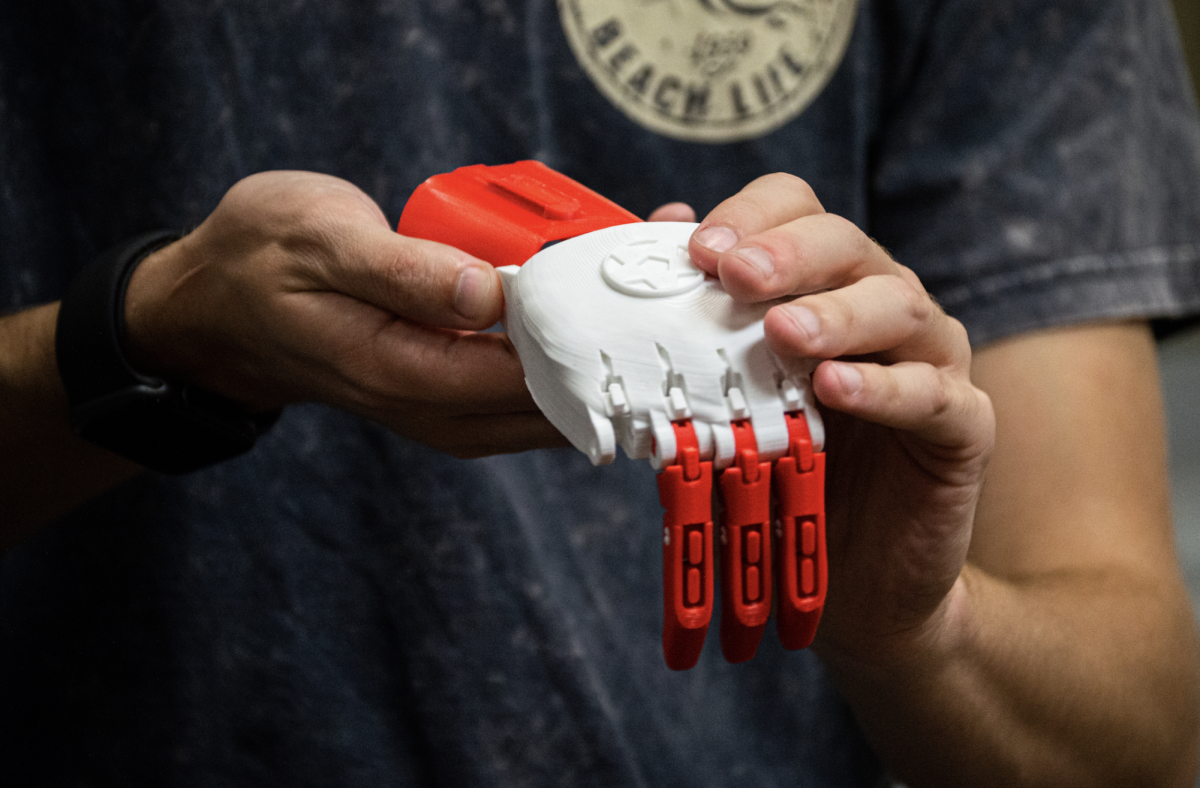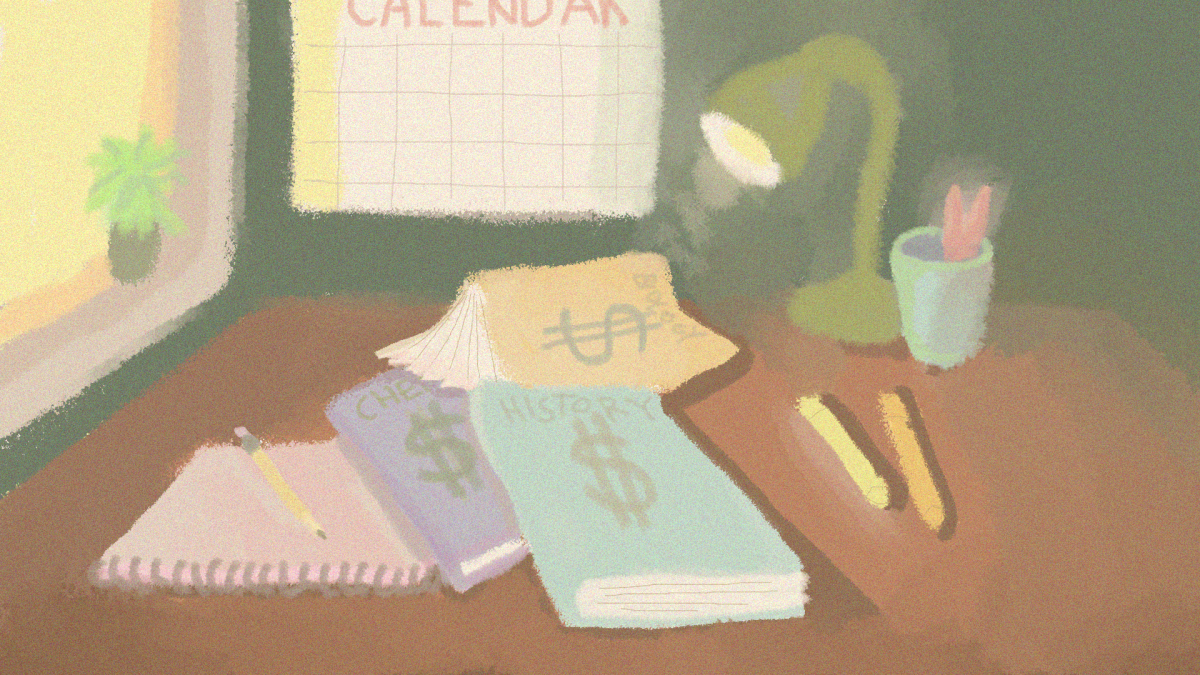The start of the semester can mean the end of many things — summer, vacation and that big number in students’ bank accounts. For some students, textbook prices have raised concern. With prices for full-time students at 4-year institutions averaging about $898 in 2003-04, according to a government accountability office study, students are looking for ways to save money.
Stephanie Sauber, a sophomore in psychology, said she hasn’t bought her books yet and has no idea how much they’re going to cost, but said last year the cost was “ridiculously high,” adding that she spent about $350 for an 18-hour courseload. Her books came with supplemental materials, like CDs, but were not utilized in her classes, she added.
Other students, however, aren’t affected as much by the prices.
“I don’t think they’re too much,” Jeff Rice, a junior in statistics and political science, said, but felt that there wasn’t enough new material in textbooks to release new editions.
The rise in prices, which have nearly tripled since 1986, has prompted a House Committee to study the costs to make recommendations on how to make books more affordable.
The bill, HR609, was passed in the House in March and amended the Higher Education Act of 1965. It had several provisions to address the textbook price issue, according to LuAnn Canipe, communications director for House representative Brad Miller.
“It encourages textbook providers to sell and provide books a la cart, which means they offer them separately and without the [supplemental materials],” Canipe said. There was also an element of the bill, she said, that would make full disclosure of book costs to faculty before they order books.
“The congressman says tuition and the rising cost of textbooks is a huge concern but one of the things that he said about HR609 is that it doesn’t even come close to starting to address the problem because HR609 included a number of cuts in student aid,” Canipe said. “And, of course, the rising cost of tuition and the costs affiliated with going to college are placing more of a burden on families who are already struggling…to pay the bills these days.”
Rice said he would want to know where the money would come from to help decrease the prices if the bill passes in the Senate before he agrees with it.
“It’s a great idea, but I’m sure the extra money has to come from somewhere,” Rice said.
Textbook prices vary according to what they offer. According to the GAO study, the increase in prices can be attributed to new features like Web site and other supplemental materials, such as CDs and DVDs. Other factors that affect costs are production costs, the availability of used books and the demand for textbooks.
“Publishers say they have increased their investments in the development of supplements to meet the demands of a changing post-secondary market,” according to the study.
Sauber said her books came with supplemental materials, like CDs, but were not utilized in her classes.
Rice also said some came with his books but that they weren’t usually utilized.
“I had a Spanish class that did [use a CD] once and maybe for a meteorology class I used the CD but other than that, no, not really,” Rice said.
The GAO study concluded with the acknowledgment that the college textbook has evolved to include supplemental materials that are designed to enhance the overall educational experience, similar to how teaching and learning have changed because of an increasing reliance on technology.
It also concluded, however, that publishers are contributing to the increase in prices because they are becoming more involved in the development of instructional aids.
“If publishers continue to increase these investments, particularly in technology, the cost to produce a textbook is likely to continue to increase in the future,” according to the study.




